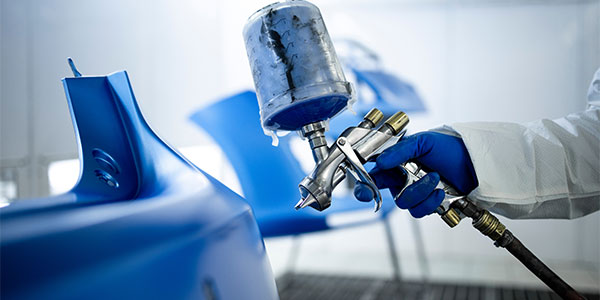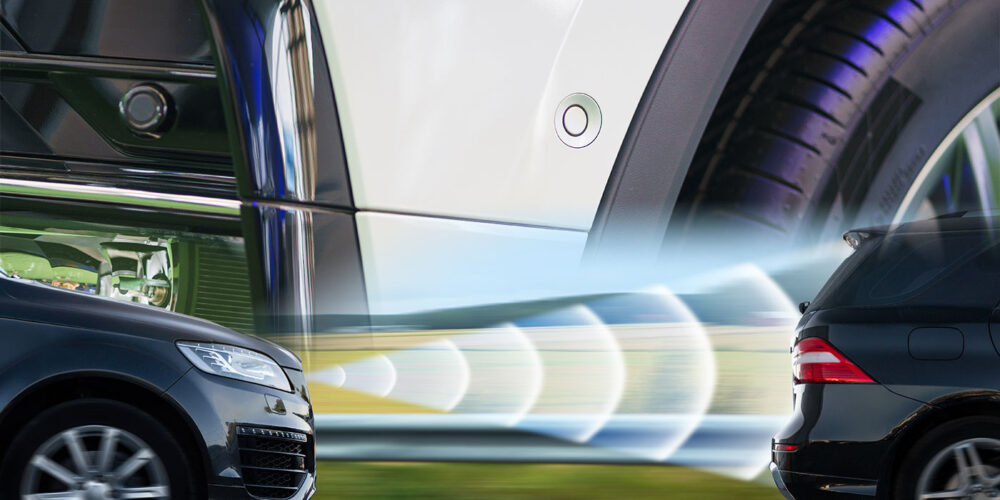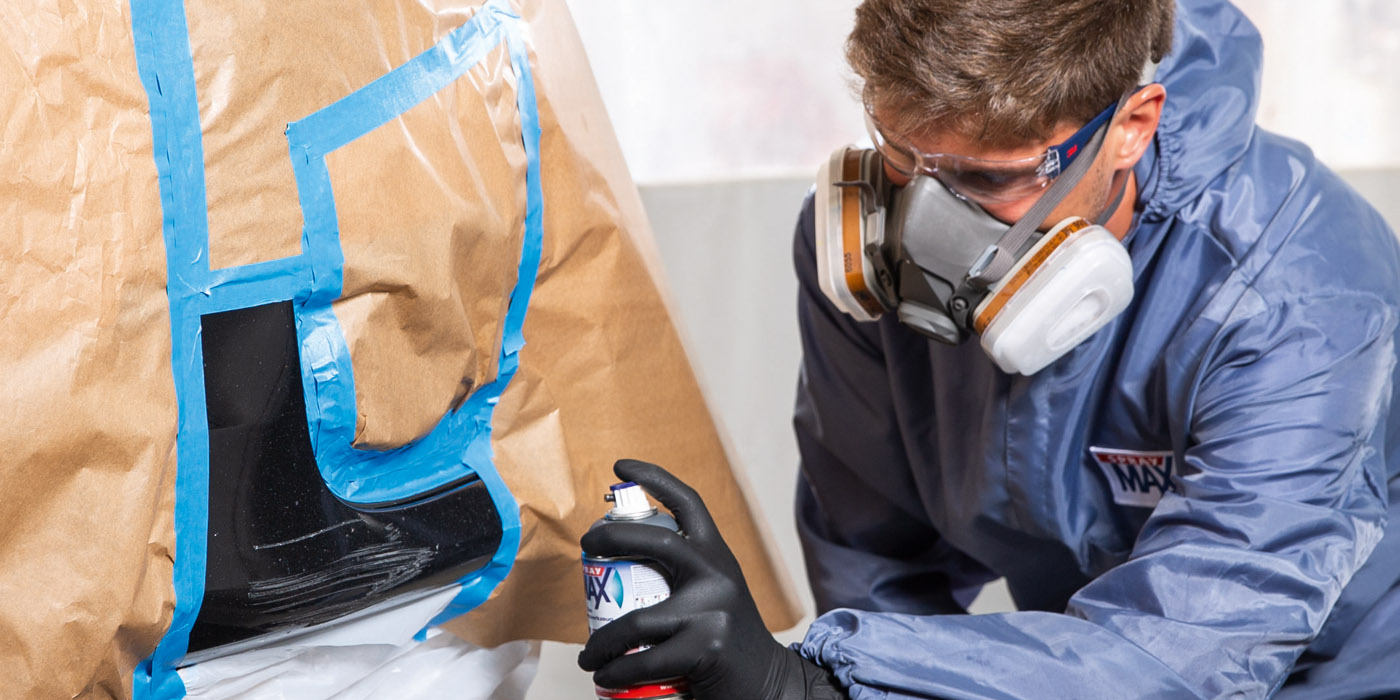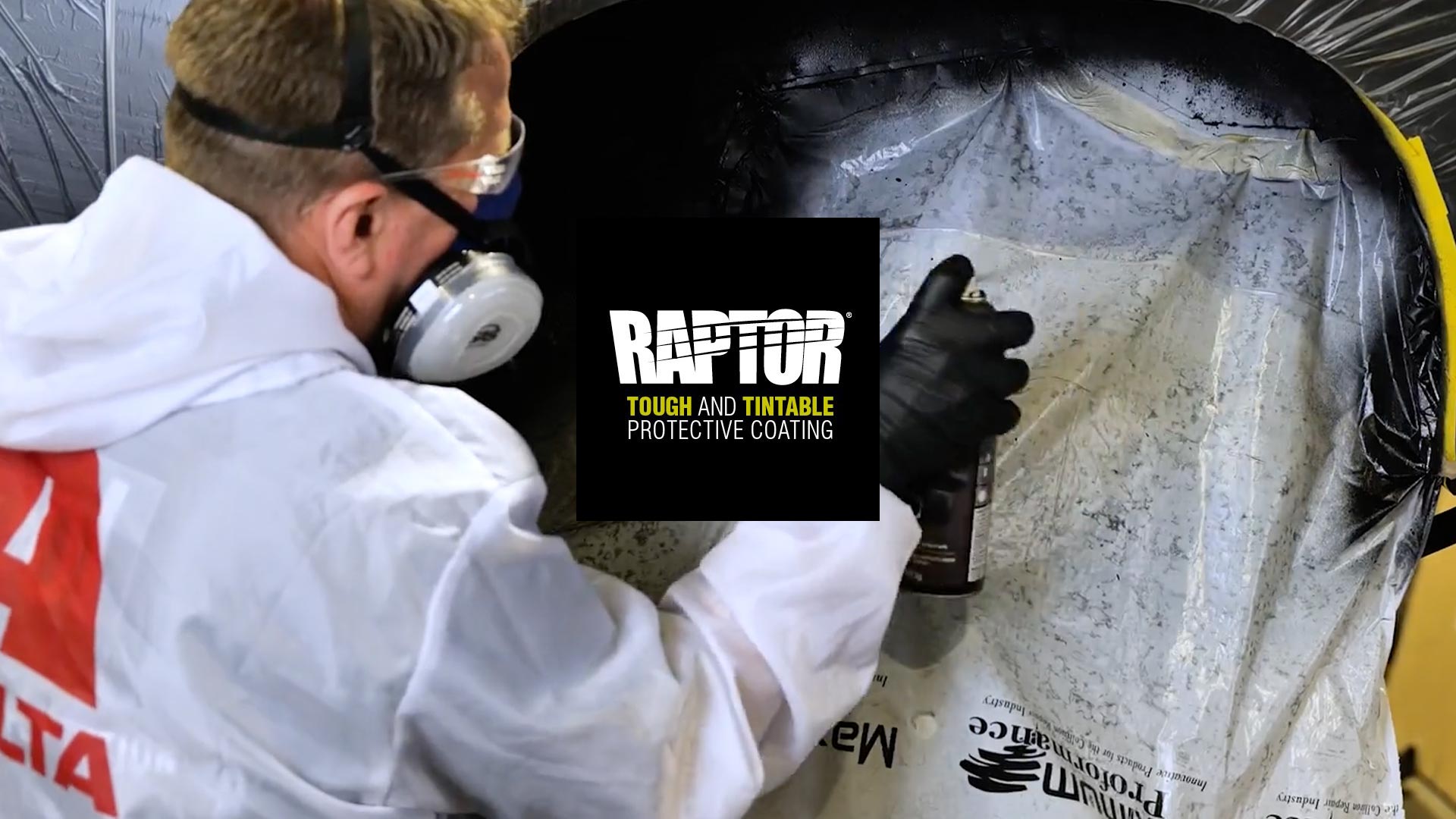Just like fixing a simple dent in a quarter panel isn’t so simple anymore, the same can be said for repairing and refinishing a bumper cover. And it’s all because of advanced driver-assistance systems (ADAS).
Preparing vehicles with ADAS seems a little bit like the Wild West these days, particularly in the realm of paint and coatings. It is critical that refinishers follow OEM guidelines and recommendations when repairing vehicles with ADAS. Even so, gray areas can remain.
Have you ever had to repair a vehicle that had ADAS technology? Even if you weren’t a part of the repair directly but experienced a vehicle with ADAS in your shop and witnessed some of the special procedures it had to go through? When we asked you if have you done a repair on a vehicle with ADAS, the answer is that 65% of you said yes, so quite a few of you have.
What is ADAS?
ADAS is a broad umbrella term for many safety systems on a vehicle, including blind spot monitoring, automatic emergency braking (ABS), lane-keep assist and more. ADAS sensors detect the environment around the vehicle. The sensors could be cameras, radar and now lidar. Automakers are improving the sensors and the number of them to add new features and improve accuracy. Then, there are the unseen sensors of ADAS like the brake pedal position sensor and all ABS and stability control sensors.
These ADAS features make vehicles not so simple to repair anymore. Before you start any repair, it’s important to see what ADAS features are on the vehicle. In some cases, these systems and features could be optional equipment. There is no sense in trying to calibrate a sensor that is not there. We need to identify these cars up front when they come into the building. It has to happen early in the process, because the last thing you want to do is get it to the painting procedures and when it’s in the booth you find out that, oh well, we can’t do this repair on the vehicle because it’s right in the middle of a radar area. Or it gets repaired and gets put on the vehicle, and then there’s a warning that the radar’s not working or something. And then if you happen to send it out to get calibrated and then it doesn’t calibrate, now we’re back at square one.
Vehicles are not simple anymore. They’re very complicated and high-tech. Not only are there considerations to take when welding, fixing dents or doing plastic repair, but there are considerations when you’re applying coatings.
When requested by the automaker, paint manufacturers are developing special formulas for parts with radar, which then have to be approved by the automotive manufacturer.
Common Prep/Refinish Procedures
What are some of the common procedures for prepping and refinishing around radar zones?
One thing to know is that if the car is equipped with radar, you have to know where you can do that repair and where you cannot. So, in a radar area, there cannot be any body fillers, staples or any kind of repair that could scatter the signal.

Say it was a bumper cover and the repair was to be done on the side of the vehicle and you knew that the radar was right around the corner. Even if you were to blend your basecoat around the corner of that bumper cover, that basecoat blend could scatter the radar. So that’s probably not going to be able to be repaired. That’s why it’s important to know what the OEM manufacturer has recommended.
There is no real blanket statement explaining, “Here’s how you prep and refinish an ADAS vehicle,” because they can all be different, even between models of the same manufacturer. You just have to contact the manufacturer to see what their repair procedures are. Some of them can be repaired, but others cannot. And there are some specific ways with certain vehicles that may require a very specific repair.
Metallics
Is it only metallic colors that can cause a problem with radar or can micas also cause a problem? The metallics are the refinishes that will most likely create a problem with radar sensors, but micas and film build could also have an effect. Also, there may be pigments on the market today that haven’t been tested yet as to whether they affect radar or not, so it just may not be known. In sum, it could be any paint, not just metallics, that inhibit radar. It just depends on the manufacturer.
Film Build
Is total film build a problem or just the thickness of the basecoat? Total film build can create a problem. Metallic (aluminum) is probably the biggest factor when it comes to basecoat, but the total thickness of the basecoat, undercoats, sealers and primers can create issues as well.
If you apply primer too thickly, it may inhibit the radar. It may also be that you applied too much clearcoat. This also could inhibit the ability of the radar to function correctly — not to mention fillers or staples in the repair area that could also cause a problem. Additionally, if the film build is too great, you can’t just sand the backside of the bumper to lower some of the substrate thickness. The sand scratches, etc., have to be completely level and uniform; otherwise, it can definitely scatter the radar signal. There are a lot of questions out there, but most car manufacturers have repair procedures to answer those questions.
Warnings
When a technician looks up a paint code on the computer, is there a warning or information about refinishing around the radar? In the case of AkzoNobel, yes, there is a warning that appears saying there is a radar-transparent formula available. At that point, if you have a vehicle equipped with radar and you’re working in a radar zone, you’ll want to choose that particular formula and use it.
It’s important to note that if you’re using a radar-transparent color formula, tinting or modifying the formula in any way is not allowed. You also may not use a spectrophotometer to try to come up with an optimized color formula. Radar-transparent formulas have been specifically designed and approved by the manufacturer to work with these exact vehicle systems. Any altering of the formula could potentially affect the radar functionality. If there is a color match problem, you should contact your paint manufacturer so it can collaborate with the vehicle manufacturer to possibly develop an alternate radar-transparent formula. This process could take a long time — perhaps even years. Because of this, you may need to explain to the customer about ADAS and why the color could be off, or there is always the option to blend the color onto adjacent panels.
What about sanding and buffing clearcoat runs in a radar zone?
That could be an issue, because let’s say you sand more off in one area of the radar zone and you don’t sand as much in the other area. It may affect the signal because the clearcoat is thicker in one area and thinner in another. It’s not a whole lot different than blending across the repair area. There’s the possibility of enough difference in the film build that it could negatively affect the radar signal. You should consult the manufacturer on that to find out if it’s allowed.
What happens if the bumper needs replacing and the insurance company refuses the replacement?
That’s probably going to happen. So, at that point, you’re going to have to access the manufacturer’s procedures and offer that as proof to the insurer so it understands that the bumper cannot be repaired. With anything you’re trying to get an insurance company to pay for, you just have to document, document and document.
What if there is just a small scratch on the side of a bumper and there isn’t a sensor there, but you need to blend around the corner?
If there’s a chance that you could have basecoat in that area of the sensor — or even sealer or any kind of unevenness — then yes, it could be an issue, because if you get just a little overspray from your blend into the radar zone, it’s possible that it may scatter the signal.
Once again, you must check with the automaker’s repair procedures. You can’t just make a blanket statement and say, “This is what you do,” because the procedures vary from automaker to automaker and also may vary between model years for the same car manufacturer, depending on what specific technology it’s using. Plus, the technologies are often different between the manufacturers, and it could be changing in the future. So get ready: This is just the start of things to come.
What about protective paint film? Can it be installed over a bumper cover with ADAS?
Again, it goes back to OEM repair procedures. Anything additional in a radar transmission zone that does not originate from the OEM is cause for concern. Make sure you’re covered: Check with the paint protective film supplier and the vehicle manufacturer to see if there may be any issues before proceeding.
For minor scuffs, can you sand and buff the factory finish?
That’s going to be very similar to the sand and buff question. If we cut too much off, it could possibly cause an issue. That’s an interesting question, because if you look at a lot of manufacturer’s guidelines, even sanding and buffing on, say, a hood, you’re only limited to how much you can sand and buff due to UV paint protection requirements and the possibility of taking too much off. So it’s always a concern that you should always look at any time you’re sanding and buffing anything. But yes, it absolutely could affect the radar signals. Again, check with the manufacturer that it’s okay to do so.
What about reconditioned bumper covers?
Most likely a great big “no.” The reason is because you just don’t know what has been done to them. Most of the time, they put a bunch of primer on them. Do you know what area and how they’ve been repaired? And you just don’t know how those things are going to affect the radar sensors. It’s a good bet most of the manufacturers are going to tell you it is not allowed. I think we’re going to see the manufacturers spelling it out pretty plainly, and we’re going to be replacing a lot of covers.
To avoid a higher film build, could the backside of a bumper be sanded?
Absolutely not. It must be very consistent across the backside of that bumper cover, and the unevenness is going to scatter the signal of the radar.
What about repairing a bumper cover?
How many times can it be repainted? Would you possibly have to remove the original paint down to the plastic? Again, we’re talking mil thickness, so that’s going to be a manufacturer’s recommendation, because if you keep adding film thickness to it, that’s going to create a problem with the radar. With repairing or sanding an entire bumper down and repainting it, if you do sand it down, it’s usually pretty fuzzy and you have to put a lot of primer on there, which could end up affecting the film build. So, consult the manufacturer.
What about three-stage color?
There’s a very good possibility that there will be a radar-specific formula available that you’re going to have to use, and the paint layer thickness will have to fall within a specific range. The OEM should provide any information regarding these parameters, if necessary.
What if you have a vehicle in the shop that has ADAS and you’re working in a radar zone, but the paint code does not show a radar formula? Does that mean this specific color doesn’t have a concern with affecting the radar?
That is probably correct. It hasn’t been identified yet at the OEM level, and the OEM hasn’t requested one from the paint manufacturer to reformulate. So, you’re probably good to proceed with that color. However, consider that any other OEM-designated procedures such as overall film build, repairs in the radar zone, etc., still must be followed. Keep in mind that some vehicle manufacturers have not yet provided all of the repair procedures, so a lot of times, you’re kind of taking a gamble on that stuff if you cannot find the repair procedure.
Regarding having specific transparent formulas for some colors, do the formulas require any new toners outside the normal toner range, say, for Sikkens Autobase Plus?
Not yet. The toners used are the ones that you currently have on your mixing machine bank. We say “not yet” because we don’t know what technology is going to come out in the next couple of years. That could be a possibility in the future, but right now, the paint manufacturers have not introduced any special-effect toners just for radar. It may be in the future that some of these radars get put in a taillight or put somewhere that doesn’t require refinishing. That could change. And there are certain manufacturers that have radar sensors behind emblems and the like to where you wouldn’t have to worry about it. Some vehicles have them in the B pillars, so you never know. Things are changing rapidly.
Do I have to use a radar-transparent formula if I’m working on an ADAS-equipped car, but the repair is not in the radar area? How do I know if it is in a radar area?
Again, check with the OEM to understand where those areas are and what the repair procedures are. That work has to be done up front before the vehicle hits the paint shop. The painter should already be educated. Typically, when the manufacturers provide a guideline, they might say, “It’s okay, as long as your color doesn’t wrap around,” and they will tell you where the radar zones are at and what is not allowed and where.
If there are radars behind front or rear bumpers, is it best to strip the bumper so as not to have too much build and scramble the radar?
Probably not. You don’t really want to get into just stripping a bumper without understanding what may or may not be necessary. Reference the OEM procedures: Do they allow you to do the repair on that particular model of vehicle? That’s something that has to be looked at first. The suggestion may be to replace it. There are certain manufacturers that do not allow repairs on their bumpers, and they just have to be replaced.
Summary
If you only take away one thing from this article, let it be that you have to check the vehicle manufacturer’s repair procedures because they all vary and you don’t know what you don’t know.
Also, you need to be upstream of these repairs and understand what ADAS is and if the vehicle has it before you start repairing them. It starts in the front office and with the estimators; we need to examine these cars more thoroughly.
You can’t just take the average bumper repair for granted anymore. It might be a bigger deal than you realize.














